60 Meter Band – In The U.S.A.
The following information applies only to Amateur Operators in the United States and it’s territories. For visitors outside the USA, please consult with the Amateur Radio governing authority in your country.
BUT FIRST….
 Before we get into our article, I wish to extend a warm welcome to our friends north of the border in Canada to the 60 meter band.
Before we get into our article, I wish to extend a warm welcome to our friends north of the border in Canada to the 60 meter band.
As of January 22, 2014, Industry Canada (IC) has given all licensed amateurs in Canada with HF band priviliges, full legal use of the 60 meter band. Canadian hams have the same 5 channelized frequencies and modes of operation that are allowed by the FCC in the USA. It seems the IC and FCC are on the same page with the rules and regs regarding 60 meters. And I am glad for this as it keeps the USA and Canada on the same virtually equal footing as the other HF bands have always enjoyed.
Before this, IC had issued special 1 year licenses to current hams in Canada for use only on 60 meter frequencies. The special licenses came with special call signs just for 60 meters that began with VX9xxx. Canadian hams could not use their regular call signs on 60 meters.
But the 1 year experiment is over in Canada, and the special license and call sign is no longer required to operate the 60 meter band. Canadian hams can now use their original issued call signs on 60 meters. So a big welcome to our friends to the north to 60 meters, and I hope this means a greater use of this nice little quiet band.
Now Back To Our Regularly Scheduled Program.
On July 3. 2003, The FCC opened 5 new specific channels for amateur radio use in the 60 Meter band also known as the the 5MHz ham band. The original rules were….only USB with a 2.4KHz bandwidth at 50 watts ERP with a 0dB gain dipole or another antennas of 0dB gain or less. The 60 meter band is available to all General, Advanced, and Amateur Extra class licensees. Ham Radio privileges are considered by law to be secondary users. Government and private users have priority over ham operators. If any amateur operator begins to here other signals that are not amateur radio signals, they must cease operation instantly and allow the primary user full use of that frequency.
Several other countries have frequency allocations in the 60 meter band also. Some countries use the same frequencies we have, and some countries have other frequencies that we can not use by law. And some countries have more than 5 channels with much higher power and more modes they can use legally. But there is one cool thing about this. Every country with 60 meter frequencies all have our channels 4 and 5 frequencies with USB privileges. Our channel 5 frequency has been adopted internationally as the international call frequency of 60 meters. I personally have talked to several European stations on channel 5.
New Rules For 60 Meters
Effective March 5, 2012, the FCC entered new regulations for 60 Meters. Amateur operators are now allowed up to 100 watts ERP from a 0dB gain dipole or other antenna of 0dB gain, with a maximum of 2.8KHz bandwidth. The FCC has also allowed the use of CW and certain digital modes with restrictions The current new 5 frequencies allocated for USB by the FCC for amateur use in the United States are as follows….
- Channel 1: 5.330.5 MHz USB
- Channel 2: 5.346.5 MHz USB
- Channel 3: 5.357.0 MHz USB <—NEW FREQUENCY
- Channel 4: 5.371.5 MHz USB
- Channel 5: 5.403.5 MHz USB (International call channel)
An Important Note
The old channel 3 at 5.366.5MHz is no longer legal for amateur radio use. Channel 3 has been replaced by 5.357.0MHz USB with the same rules as the other 4 channels.
100 watts ERP does not mean you can just transmit with your radio set to 100 watts. ERP stands for Effective Radiated Power. This is the actual power of the RF signal being emmited from the antenna based on the dB gain of the antenna. For example….if you TX with 100 watts into a dipole or antenna with 0dB gain, the antenna does not increase the power, so it radiates the original 100 watts.
Now if for example the antenna has a gain factor of 3dB, this will effectively double the power from the radio as it is radiating from the antenna to 200 watts. This would be illegal on 60 meters. To stay within the FCC law of 100 watts ERP, you would have to reduce the power from your radio to 50 watts. The 3dB gain of the antenna will double your radios 50 watt output to 100 watts being radiated from the antenna (ERP).
The increase in power to 100 watts is a welcome change. The change of channel 3 doesn’t make much difference to any of us, but it is something to note for those who have these 5 channels in a memory channel for easy access. Remember to change this channel to the new frequency.
CW Is Now Allowed On 60 Meters
Amateurs can now legally use CW on any of the 5 channels. CW must be used on the center channel frequency of each channel as follows….
- Channel 1: 5332.0 kHz CW
- Channel 2: 5348.0 kHz CW
- Channel 3: 5358.5 kHz CW
- Channel 4: 5373.0 kHz CW
- Channel 5: 5405.0 kHz CW
These frequencies are 1.5KHz above the USB voice frequencies. So be sure that you use the correct center frequencies when using CW.
Digital Modes Too, But Be Careful
The new FCC laws now permit digital modes on the five 60 meter channels and must also transmit on the center channel frequencies as follows…..
- Channel 1: 5332.0 kHz
- Channel 2: 5348.0 kHz
- Channel 3: 5358.5 kHz
- Channel 4: 5373.0 kHz
- Channel 5: 5405.0 kHz
The new digital priviliges are limited to a bandwidth of 60Hz wide. This was done to make sure of no interference to the primary users and their digital transmissions. So be careful of the type of digital mode you chose. Even though RTTY is a digital mode, it uses more than the 60Hz that is allowed. But modes like PSK31 and PACTOR 3 use only 50Hz and should be safe modes to use.
On a personal note, I do not welcome the use of CW and digital modes to 60 Meters. We 800,000 + amateurs in the USA only have 5 channels to use in 60 meters. That means they can get crowded. I have often heard several hams using all 5 channels making it a little harder to use them. Now there will be more hams using CW and digital modes making it even harder to find an opening.
I liked 60 meters the way it was. You never have to hear some idiot tuning up his linear amp while you are trying to pull out a weak signal. The 5 channels are separated enough so that there is no interference from some high power operator 2 or 3KHz above or below you. Everyone is on an equal footing with the same power allowing everybody the same equal chance to be heard without high power stations walking all over you. The band is also a little more laid back and friendly. CW and digital will take something away from this. If we had access to 15 or 20 channels with 2 or 3 dedicated to CW and digital, that would be great. But all 5 channels we have now being bombarded with USB, CW, and digital signals will hurt this band tremendously.
Our only hope is that the FCC will decide to allow more frequencies in the future, and limit the non-voice modes to just a few of them. This is how all of the other HF bands are allocated. CW and digital is at the lower end of each band, and voice modes occupy the upper ends. This agreement has worked out very well for many years. It keeps order on the bands.
But time will tell what becomes of this wonderful and unique 60 meter band. I hope my concerns are wrong and it all works out for the best. But it is very important for all of us operators to follow the new rules closely, if we ever want to see more 60 meter privileges in the future.
By David – K3DAV (10/2011)



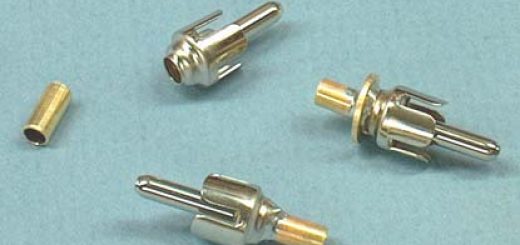
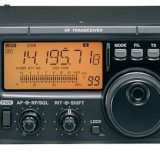
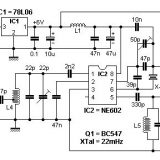
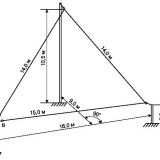
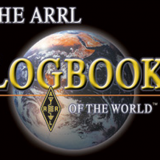
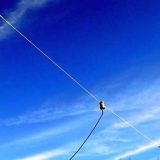
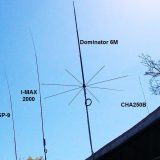
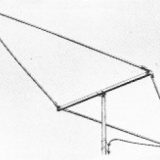
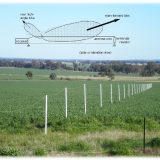


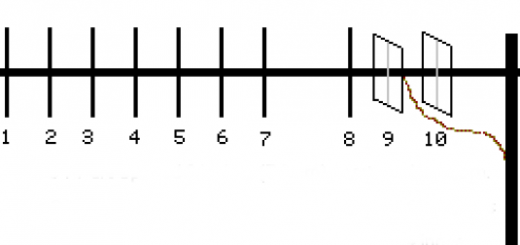
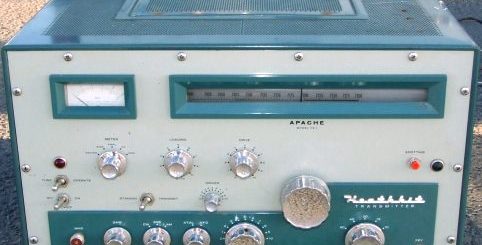
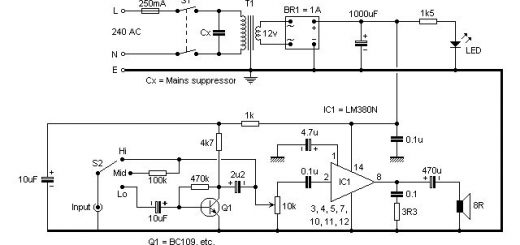
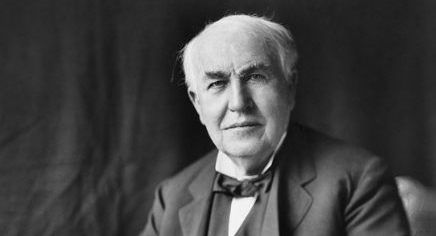
Last Comments